How to Choose a Blockchain for your Web3 Project
15 important facts to consider when trying to find the right blockchain for your project...
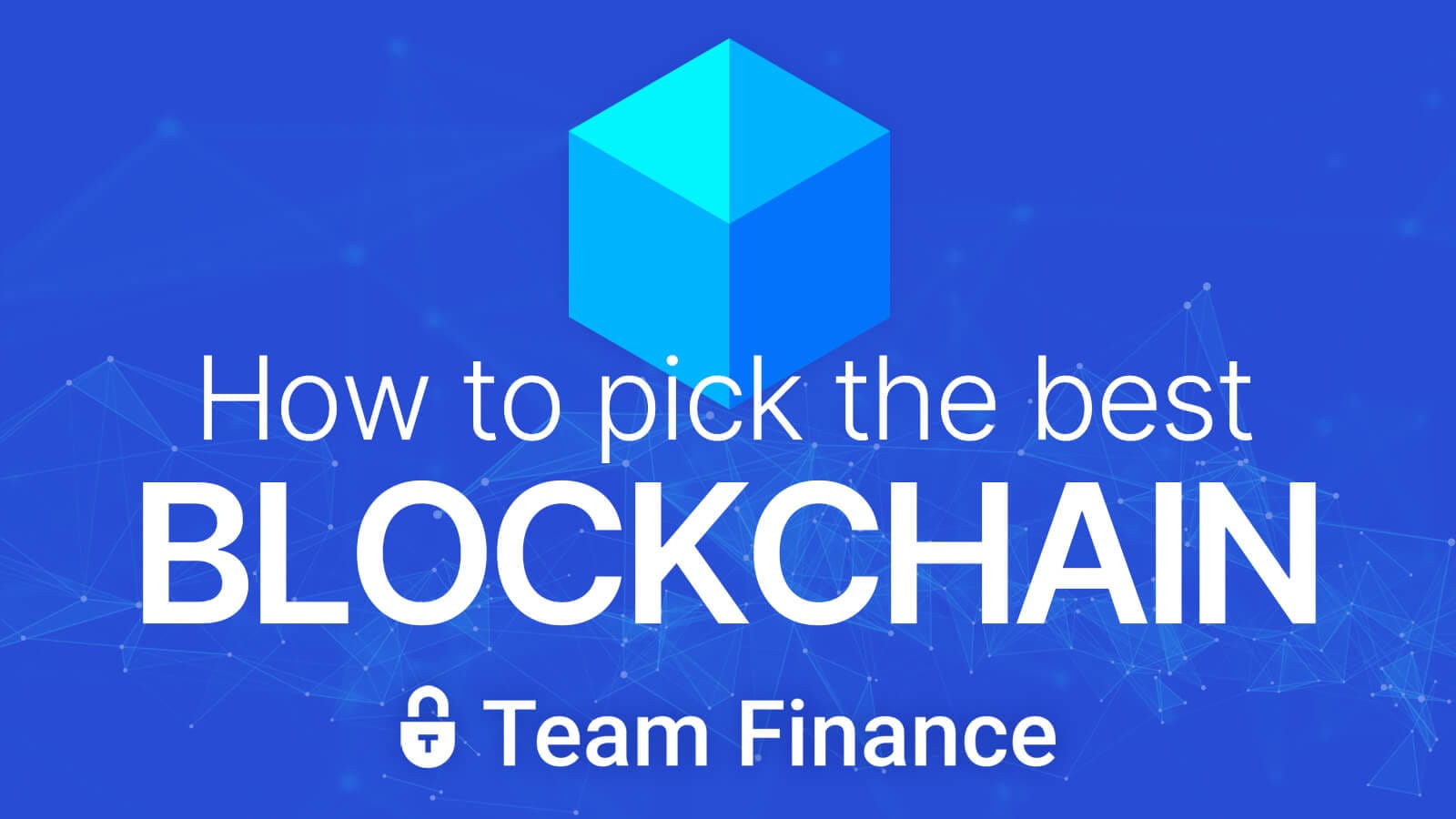
What should you consider when deciding amongst the growing list of blockchains for your project?
There are well over 1,000 chains as of September 2024, with lots of different reasons for existing: Gaming, Eco friendly, Scalability, etc. We then need to consider the type of blockchain you need: Public, Private, Hybrid or Consortium.
With so much to think about, it's important you take the team to weigh the pro's and con's of both EVM and non-EVM chains, for whatever kind of project, dApp, smart contract, etc.
But for today's guide, we put together a list of 15 key factors to consider when choosing a chain for you and your community.
1. Security
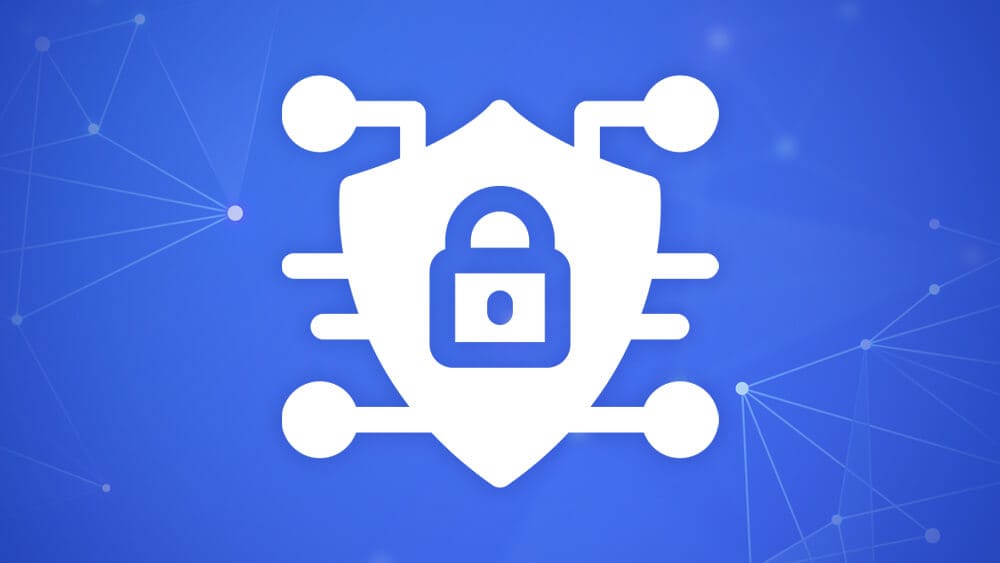
A secure blockchain reduces the risk of attacks and vulnerabilities, giving confidence to your users and investors. But they aren't impervious to attacks. So it's important you take this into consideration, and weigh up the pro's and con's, while remembering not everything can be 100% secure.
- Consensus Mechanism: Different blockchains use various consensus mechanisms (e.g., Proof of Work, Proof of Stake, Delegated Proof of Stake) which affect their security. Projects should consider blockchains with strong security track records.
- Auditing: Blockchains with robust security audits and penetration testing may be safer for deployment.
- Developer Community: A large, active developer community often means better security through community-driven solutions to vulnerabilities.
How to Find the Info:
Check the project’s whitepaper or official documentation for its consensus mechanism. Many blockchains also publish security audit reports from third-party firms like CertiK or Hacken.
2. Scalability and Performance
Blockchain technology must be able to handle increased traffic and transaction volumes - scaling with you. Scalability affects user experience and operational efficiency, especially for projects with high transaction demands. We all want a project to grow to it's potential, making sure the chain can keep up is important.
- Transaction Speed: High transaction throughput (measured in transactions per second or TPS) is critical for projects that expect heavy user interaction. Literally being able to handle multiple transactions at once.
- Scalability Solutions: Consider whether the blockchain has native or external scaling solutions (like Layer 2 or sharding) to support future growth.
- Finality: The speed at which transactions are confirmed and immutable on the blockchain is important for user experience.
How to Find the Info:
Transaction speed and scalability details can usually be found in a blockchain’s technical documentation or whitepaper. You can also verify real-time performance metrics on blockchain analytics platforms like Blockchair or Messari.
3. Cost of Transactions
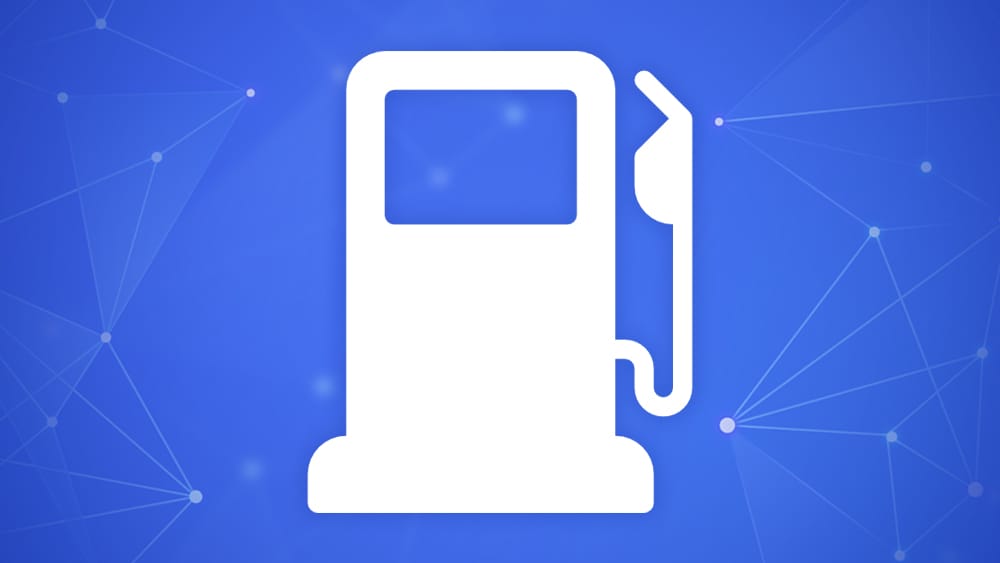
Transaction costs can quickly become a major expense (sit down with any FinOps team and they'll talk to you for hours about this), especially on high-volume blockchains. Predictable and low fees are essential for making sure that your project remains economically viable.
- Gas Fees: The cost of executing transactions varies between blockchains. Lower fees are critical for high-volume projects or microtransactions.
- Cost Predictability: Some blockchains have volatile fee structures, which may make budgeting difficult. Stable fee systems can provide more cost predictability.
How to Find the Info:
Gas fees & transaction costs are most likely tracked on explorers like Etherscan (for Ethereum) or BscScan (for, you guessed it, Binance Smart Chain). For a deeper analysis of cost prediction, check blockchain review sites or developer reports that track historical data on fee volatility, you can even look up records on analytics websites like Dune
4. Ecosystem and Tooling
Developer tools, resources, and an active ecosystem can greatly accelerate development. Choosing a blockchain with strong support allows for easier integration and faster project deployment.
- Smart Contract Support: The availability of smart contract functionality and developer-friendly tools (like SDKs, APIs, and integrations) can simplify development.
- DeFi and dApp Ecosystem: If your project plans to interact with DeFi or other decentralized applications, selecting a blockchain with a rich dApp ecosystem is advantageous.
- Cross-Chain Compatibility: If interoperability with other blockchains is essential, consider chains that support cross-chain bridges or standards like Polkadot's parachains or Cosmos's IBC.
How to Find the Info:
Sites like DappRadar, which track dApps and provides insights into the available smart contracts and developer tools are useful. The main sites for chains often include dev docs and SDKs (software development kits) that outline the networks support for various apps and integrations.
We collaborate closely with leading blockchain projects and dApps, and a common question that arises is which blockchain platform is best suited for their needs. Our role is to guide them in selecting the optimal blockchain that aligns with their specific goals. - Niklas Jabs, Business Development & Partnerships Manager, Team.finance
5. Decentralization
A highly decentralized chain makes sure no single entity has undue control over the network. There is a lot to consider here, so it's really worth digging into their docs to understand how they do this.
- Validator or Miner Distribution: A highly decentralized blockchain provides greater resistance to censorship and single points of failure.
- Governance Model: Projects may want to align with the governance model of the blockchain, whether it’s community-governed or controlled by a foundation or company.
How to Find the Info:
Look at explorers or staking platforms, which display validator distribution and staking information. Projects like Ethereum 2.0 have dashboards (e.g., Beaconcha.in) that show how decentralized the validator network is.
6. Regulatory Compliance
For projects in industries such as finance or healthcare, regulatory compliance is so important - not just for the end user, but legality. Some blockchains offer more features than others, that facilitate compliance with laws and regulations in various jurisdictions.
- Jurisdictional Restrictions: Some blockchains may have restrictions depending on the country of operation or industry regulations. Compliance with local and international laws is a key factor.
- Identity Verification: Blockchains offering features like KYC (Know Your Customer) or identity verification might be required for certain projects, especially in finance or regulated industries.
How to Find the Info:
Regulatory compliance is sometimes outlined in a chain's legal docs or FAQ page, especially if the chain is part of regulated industries like finance or healthcare.
7. Developer Support and Documentation

Strong dev support can ease the learning curve and reduce time to market, it also changes how much dev's charge for working on a particular chain. Comprehensive documentation, active developer forums, and available support tools are great for easing costs, run up time, and future development.
- Documentation and Tutorials: Strong documentation, tutorials, and active support networks can reduce development time and errors.
- Developer Grants and Funding: Some blockchains provide grants, funding opportunities, and incentives for developers to build on their platforms.
How to Find the Info:
Look at the official dev portal, which typically includes documentation, tutorials, and tools like SDKs. You can also check GitHub repositories to see how active the development community is, as well as forums, Discord, or Reddit.
8. Community and User Adoption
A thriving and active community with high user adoption can accelerate your project’s growth by providing network effects and liquidity. Popular blockchains with engaged users tend to be more widely trusted and adopted. Marketing goes a long way!
- Existing User Base: A blockchain with a large user base may provide immediate network effects, increasing adoption and liquidity for tokens.
- Market Awareness: Popularity and community engagement can also be a deciding factor as it influences the project's visibility and user trust.
How to Find the Info:
Community size and user adoption statistics are often found on sites like CoinMarketCap or CoinGecko. It's important to look at socials too, so join any Telegram groups and scour twitter...do I still to say X?
9. Sustainability and Energy Efficiency
As concerns over environmental impact grow, selecting a blockchain with a low energy footprint can be important for some projects. Energy-efficient blockchains align better with sustainability goals and future regulatory expectations.
- Environmental Impact: Projects sensitive to sustainability may prefer blockchains with energy-efficient consensus mechanisms, such as Proof of Stake, over energy-intensive models like Proof of Work.
- Long-term Viability: A blockchain's roadmap, development funding, and partnerships are indicators of its long-term sustainability.
How to Find the Info:
Environmental impact and energy usage, or energy schemes are often found on the homepage, about section, or in the consensus mechanism section of the whitepaper or official blog posts. Some blockchains with a focus on sustainability, like Tezos or Algorand, explicitly highlight their energy efficiency in marketing materials.
10. Customizability and Flexibility
Some projects require a high degree of flexibility in terms of governance, consensus, or privacy features. Some allow for custom or white-label solutions that can be tailored to your crypto project.
- Permissioned vs. Permissionless: Depending on the need for privacy or control, some projects prefer permissioned blockchains for internal networks or permissionless blockchains for decentralized applications.
- Customization Options: Some blockchains (like Cosmos or Substrate-based chains) allow teams to customize governance, consensus, and other blockchain features to fit their project needs.
How to Find the Info:
Blockchains that allow for custom solutions, such as those built on Substrate (Polkadot) or Cosmos, typically offer docs on how to customize governance or consensus mechanisms.
11. Network Stability and Maturity
Proven blockchains with consistent uptime and development often offer greater reliability - we can all think of the main ones. So it's understandable that new chains need to prove themselves.
- Mainnet vs. Testnet: Projects often avoid deploying on new or unstable networks. Mature blockchains with a proven history of uptime and successful projects are preferred.
- Fork History: Blockchains with frequent contentious forks or instability may be riskier for long-term projects.
How to Find the Info:
Review historical uptime and downtime data available on blockchain explorers or third-party monitoring services. You can also examine the project’s GitHub activity for indicators of ongoing development and improvements. Check for the frequency of forks and any associated controversies by researching past news articles or blog posts that discuss key events in their history.
12. Interoperability
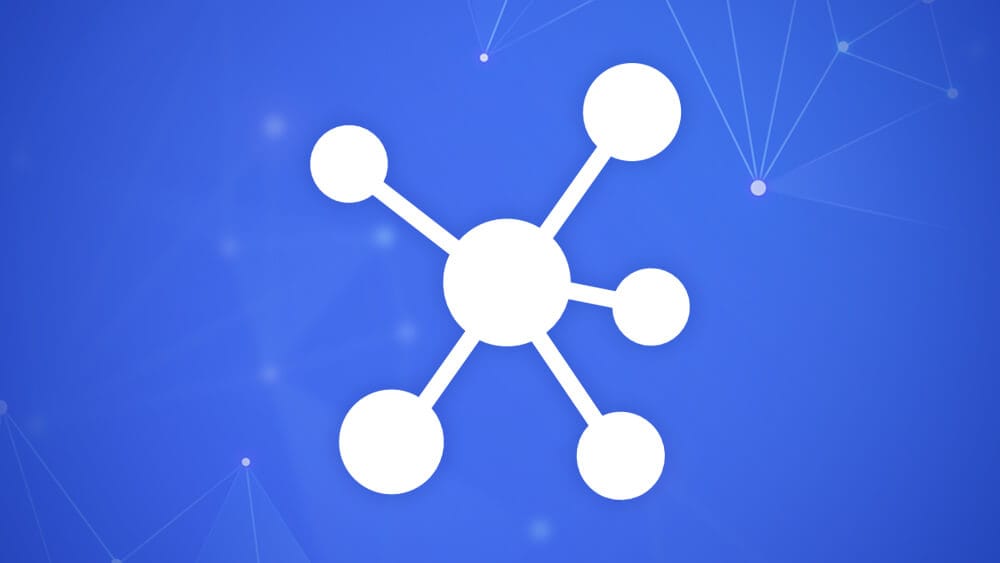
Choosing one that supports cross-chain communication or has bridges to other major chains allows for greater flexibility and accessibility. Don't get stuck later down the line!
- Cross-Chain Functionality: Some blockchains provide built-in tools or partnerships for seamless interactions with other blockchains, which can expand your project’s reach.
- Standards and Protocols: Ensure the blockchain supports widely accepted standards (e.g., ERC-20, BEP-20) for token compatibility with other platforms.
How to Find the Info:
Information on interoperability features can usually be found in a chain's whitepaper or technical docs (GitDocs mostly). Look for terms like “cross-chain compatibility” or mentions of integration with projects like Polkadot, Cosmos, or bridges to Ethereum.
13. Upgradeability and Future-Proofing
A solid roadmap (and one that keeps evolving) and upgrade capabilities will ensure your project remains relevant and able to add new features over time.
- Upgrade Flexibility: Blockchains that can upgrade smoothly without contentious forks provide more security and adaptability for your project.
- Roadmap and Development Activity: A blockchain with an active developer community and clear plans for future upgrades ensures long-term viability.
How to Find the Info:
Review their governance model and roadmap, which are usually found in the whitepaper or technical documentation, although most site's have them directly from the main menu or footer. Look for projects that have implemented or planned protocol upgrades without causing forks or network instability.
14. Privacy Features
Depending on the nature of your project, privacy may be a key concern. Some blockchains are better suited for projects that require confidential transactions or data. A layered approach to security and privacy is typically best, so do your research!
- Privacy Protocols: Blockchains like Zcash or Monero offer advanced privacy features, while others provide optional privacy layers that may align with your project needs.
- Data Protection: Consider blockchains with privacy features that meet legal requirements, such as GDPR compliance, for sensitive data handling.
How to Find the Info:
Privacy features are often discussed in the blockchain’s whitepaper (typically hand in hand with Security), especially if the project specializes in privacy-focused solutions (like Zcash or Monero). Developer documentation may include optional privacy features, such as zk-SNARKs or mixers.
15. Tokenomics and Incentives
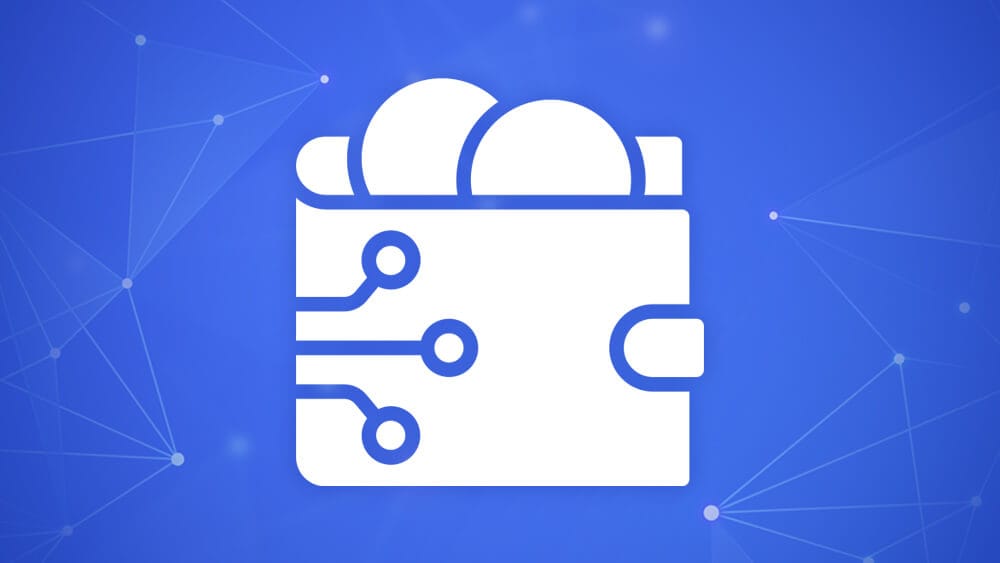
The economic model of a blockchain can influence its long-term sustainability and attractiveness to users. Blockchains with well-structured tokenomics can create incentives for validators, developers, and users to remain engaged.
- Inflationary vs. Deflationary Models: Some blockchains have tokenomics models where the supply of tokens increases over time (inflationary), while others have mechanisms to reduce token supply (deflationary) to maintain value.
- Incentive Structures: Understand the reward structures for validators or miners and how these might affect network costs and participation.
How to Find the Info:
Tokenomics is generally explained in the whitepaper (noticed how many times we recommended readed this?) or token distribution reports. You can find information on inflationary or deflationary models, rewards for validators or stakers, and overall token supply. For deeper insights, platforms like Messari or CoinGecko often provide tokenomics breakdowns, and you can verify staking rewards and validator incentives through staking platforms or explorers.
Who can help find the right one?
Well, we can. If you're unsure of your options, want to find out which is best for developers, the cheapest to build upon, or simply want to know which one is the most popular to give you and your project the best changes - we can help.

